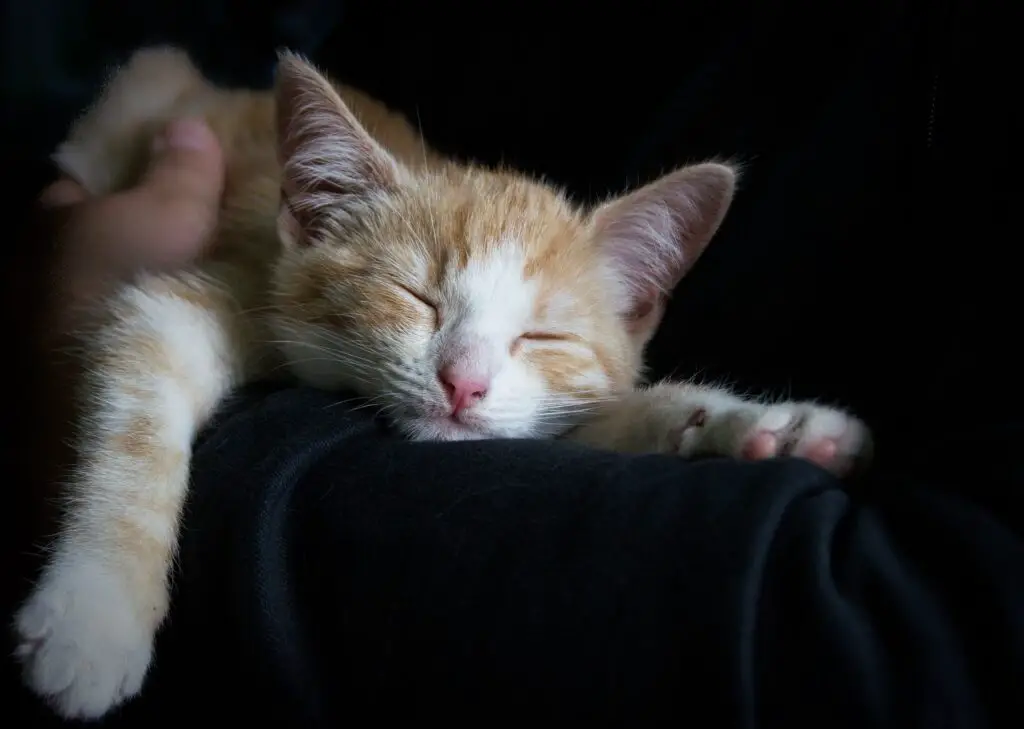
One of the most fascinating characteristics of cats is their purring, which adds to their reputation for being enigmatic.
It’s common knowledge that cats purr when they’re satisfied and happy, but not everyone knows that they also do so when they’re in discomfort or anxious.
The purr is a low-frequency sound made by vibrating their vocal cords, and it’s assumed that this is a form of communication and how they may calm themselves.
But why do cats make that distinctive sound, and what is the biology behind it?
Okay, so let’s get down to the nitty-gritty of how a cat makes that distinctive sound of purring.
The larynx (the cat’s voice box) muscles rapidly contract and relax during purring.
This triggers vibrations in the vocal cords, producing the distinctive, low-frequency purring sound.
The sound has a typical frequency range of 20–150 Hertz, which is comparable to the range of a human whisper.
Let’s discuss the causes of purring.
The most basic explanation is that they have found a level of happiness and satisfaction that suits them.
When your cat settles into a purring ball on your lap, it means they are content.
Cats purr when they’re happy, but it can also be a sign of distress when they’re hurt or anxious or sick.
Purring is supposed to have a calming impact on cats, easing their pain and stress with its low-frequency sound.
Anecdotal evidence suggests that purring’s vibrations may trigger the body’s endorphins, its own pain-relieving compounds.
Purring is also thought to be a form of communication between cats.
In addition to being heard by other cats, the low-frequency sound of the purr may be felt as vibrations in the ground.
A mother cat purring to her kittens indicates that she is close by, and a cat purring to another cat indicates that they are approachable.
Purring is a calming mechanism for cats.
There is evidence to suggest that purring cats at shelters are more likely to be adopted than their non purring counterparts.
They may find it easier to adjust to their new surroundings if they can purr their worries away.
It’s also a commonly held view that a cat’s purr might help people feel better physically.
In conclusion, cats use purring as a means of communication, self-soothing, and even healing, whether they are joyful and at peace or anxious and in pain.
Remember that the next time you hear your cat purring that it is part of the mysterious and complicated biology that makes cats the amazing and one-of-a-kind creatures that they are.
Lee Harris
Latest posts by Lee Harris (see all)
- Homemade Cat Cookies: A Purr-fect Treat for Any Occasion - February 7, 2024
- Chic Feline Elegance: Crafting a Multi-Tiered Black Cat Cake - February 6, 2024
- Purr-fectly Delicious: Black Cat-Themed Donut Delight - February 5, 2024

